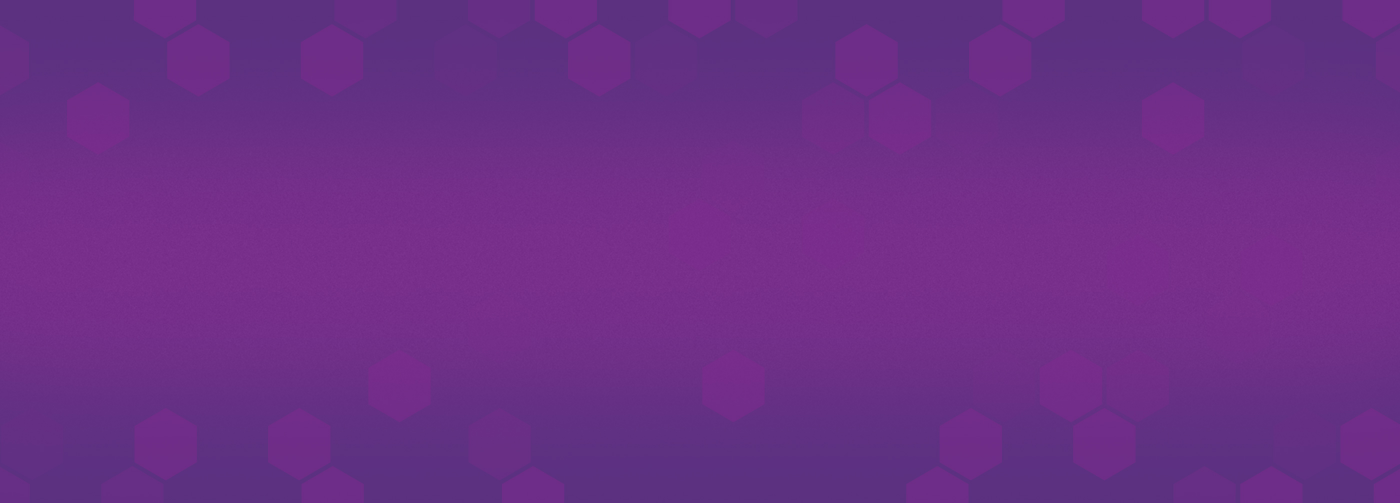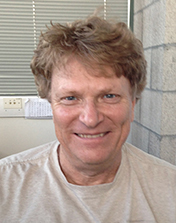

Interview with Paul Steinbach
 This issue sits down with Paul Steinbach, Research Specialist and Engineer in the laboratory of Prof. Roger
Tsien; Paul is known for his approaches to devising, implementing, and improving cell and tissue imaging.
This issue sits down with Paul Steinbach, Research Specialist and Engineer in the laboratory of Prof. Roger
Tsien; Paul is known for his approaches to devising, implementing, and improving cell and tissue imaging.
IDEX Health & Science: What was your first project with Roger Tsien?
Paul Steinbach: I started out working on a new two-photon fluorescence microscopy system in 2000. This was a resonant galvanometer system and could image at high rates, 30 Hz. The system was eventually commercialized by Nikon Instrument Co.
IDEX Health & Science: How did you get into fluorescence biology?
Paul Steinbach: My original interest was in imaging processes involved in developmental neurobiology. At the time the only imaging techniques available to me were static ones, i.e. based on histology. I was then at UC Irvine, and became familiar with the work of Michael Berns, a pioneer in the imaging of moving cells. I was very interested in his methods, and that put me on the track of live cell imaging.
Later I learned that Scott Fraser and Michael Cahalan at UC Irvine wanted to build a fast calcium ion imaging system, using the new probe fura-2. By then I was convinced that the future of imaging was with real-time imaging, so I joined Michael Cahalan’s lab and worked with them on this project.
IDEX Health & Science: You have had experience on the commercial front at earlier times.
Paul Steinbach: Yes, in 1990 I partnered with Axon Instruments (now part of Molecular Devices) on further development of VideoProbe, the real-time calcium imaging system we had developed in the Cahalan lab. Users of VideoProbe were (and still are) very enthusiastic about its speed, power and simplicity of use – it was based on a PC running MS-DOS, along with dedicated high-speed video image processing hardware.
Starting in 1996, I was involved in establishing a consortium of companies related to imaging, including Sutter Instrument Co., Universal Imaging Corp., and Instrutech Corp., to develop new hardware and software for fluorescence imaging. We chose analog (video) camera technology, but this was obsoleted rather quickly by evolving digital camera technology.
IDEX Health & Science: What projects are you working on now in the Tsien lab?
Paul Steinbach: I’m working on the third generation of our digital imaging system for in vivo fluorescence-guided surgery.To be useful for surgery, the system must be real-time, so the system has two fast monochrome cameras and one fast color camera mounted on a commercial microscope body. We designed a new, high intensity, spatially uniform LED system for the illumination and excitation. The LED system can quickly switch between white light and either of two wavelengths of fluorescence excitation light. The software system synchronizes the LED system with the cameras, calculates the ratio images, overlays the pseudocolored ratio image on the natural color image, and stores the image stream, all in real time − something that required $40,000 worth of dedicated hardware just 20 years ago. We use the system as a testbed surgical device in which we evaluate our lab’s new ratiometric probes, based on FRET, that allow visualization of tumor tissue. Other probes developed in the lab target nerves, and allow visualization of fibers as small as 100 micron in diameter.
IDEX Health & Science: What other fun things have you worked with?
Paul Steinbach: I have done some neon art. Though neon lighting is now a vanishing profession, some of the neon artists and crafts people I have met in San Diego while doing neon art are tremendously skilled and creative individuals.
